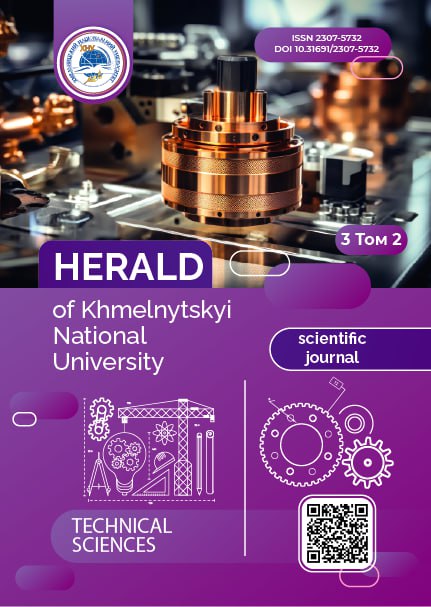MATHEMATICAL MODELING OF DEFIBRATION PROCESS: DEVELOPMENT OF PREDICTIVE MODELS FOR REGENERATED FIBERS QUALITY
DOI:
https://doi.org/10.31891/2307-5732-2025-353-26Keywords:
textile waste, defibration, regenerated fibers, mathematical modeling, predictive models, circular economyAbstract
The article presents a comprehensive investigation of mathematical modeling of textile waste defibration processes as a key stage in their recycling within the circular economy paradigm. Based on experimental data, correlation dependencies have been established between the structural and mechanical characteristics of the initial textile raw materials (degree of wear, fiber composition, density, strength) and the technological parameters of the defibration process (rotation speed of working elements, temperature regime, environmental humidity, intensity of mechanical impact). A multifactorial mathematical model has been proposed that allows predicting the quality indicators of regenerated fibers (length, strength, degree of damage, homogeneity) depending on the input process parameters. The application of neural network technologies to improve the accuracy of fiber quality prediction with nonlinear interactions between influence factors has been investigated. It has been experimentally established that neural network models provide significantly higher prediction accuracy under conditions of complex nonlinear interactions compared to regression models. An adaptive control system for the defibration process has been developed, which ensures optimization of technological regimes for various categories of textile waste: natural, synthetic, mixed, as well as waste of different origins (post-consumer, industrial, commercial). Based on the developed mathematical models, a comparative analysis of existing industrial defibration technologies has been conducted, and their optimization parameters have been substantiated. The practical significance of the research lies in the development of recommendations for adjusting technological defibration regimes that ensure maximum preservation of the useful properties of secondary fibers with minimal energy consumption. The economic and environmental efficiency of implementing the developed mathematical models in production has been substantiated, which is confirmed by the results of industrial tests.
Downloads
Published
Issue
Section
License
Copyright (c) 2025 ВОЛОДИМИР ПАСАТЮК, ОЛЕГ ПОЛІЩУК, ОЛЕГ ПОЛІЩУК, АРТЕМ ТОЛСТЮК (Автор)

This work is licensed under a Creative Commons Attribution 4.0 International License.

